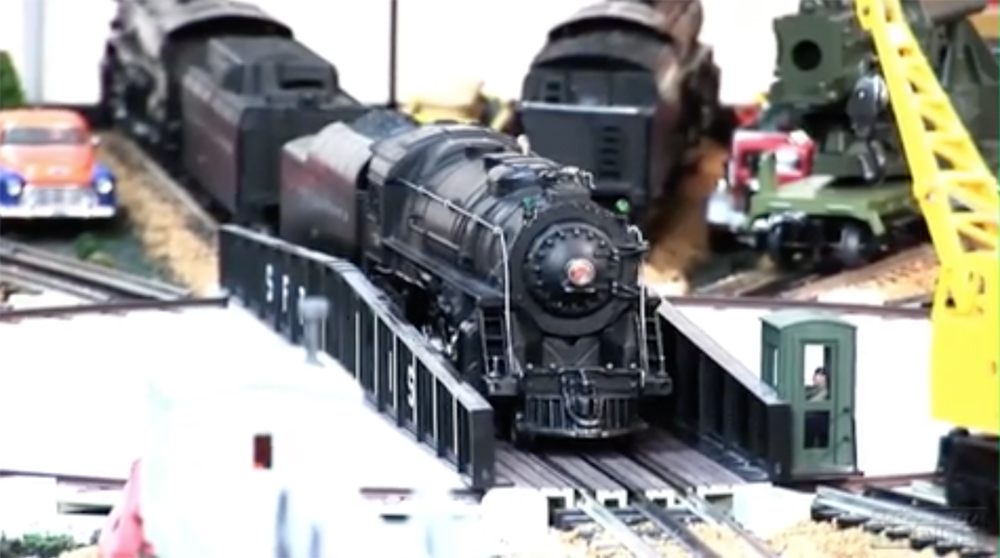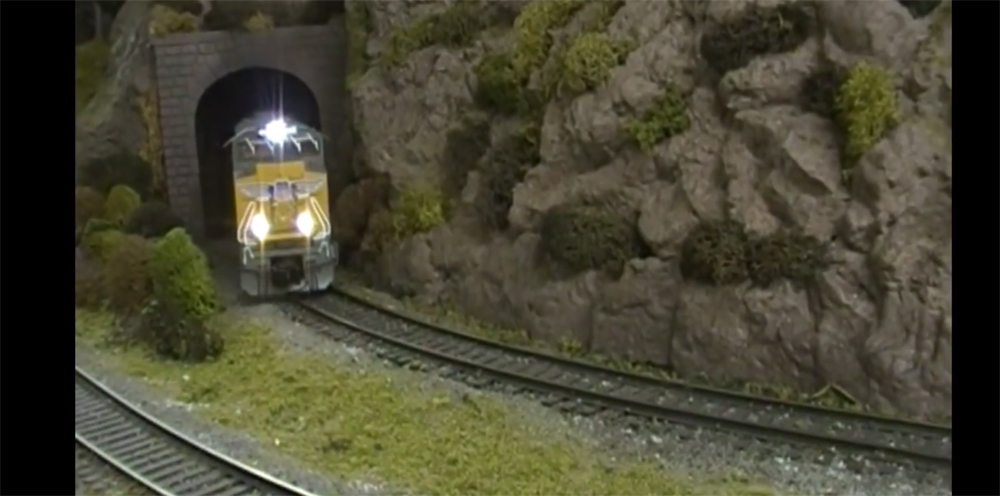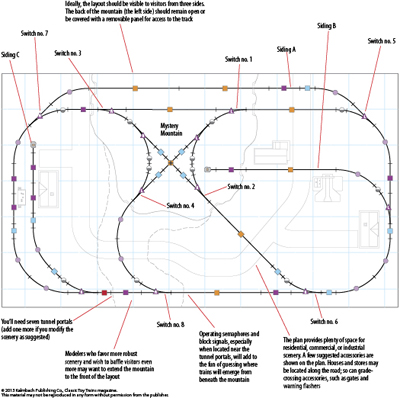
Layout designer: Peter Riddle Scale: O Layout size: 6 1/2 x 11 feet Track type: Lionel FasTrack Minimum curve: O-36 Originally appeared in the September 2013 issue of Classic Toy Trains. A FasTrack scheme with a surprising secret A FasTrack scheme with a surprising secret schematic A FasTrack scheme with a surprising secret components […]
Read More…
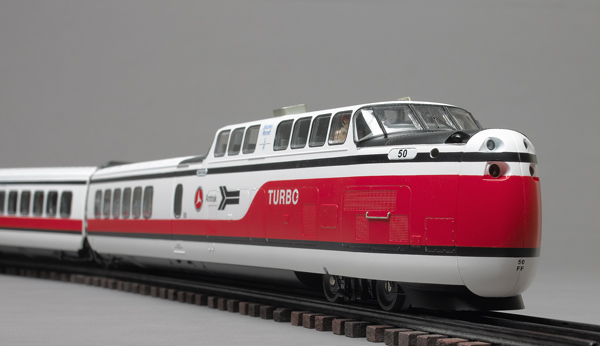
The 1960s were dark days for railroading in general, and passenger railroading in particular. Government regulation, unwise union contracts, mismanagement by railroad owners, and the transition from a manufacturing economy to an information economy were wreaking havoc in the transportation world. In spite of the fact that customers had largely fled the passenger train in […]
Read More…
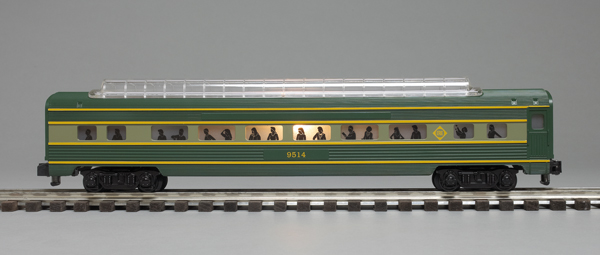
With the invigoration of Lionel’s American Flyer product line and the sale of S-Helper Service to MTH Electric Trains, the S gauge market appears to be entering a new epoch that may permanently divide old school and new school S gaugers. Before we step through the looking glass into this brave new world, I wanted […]
Read More…
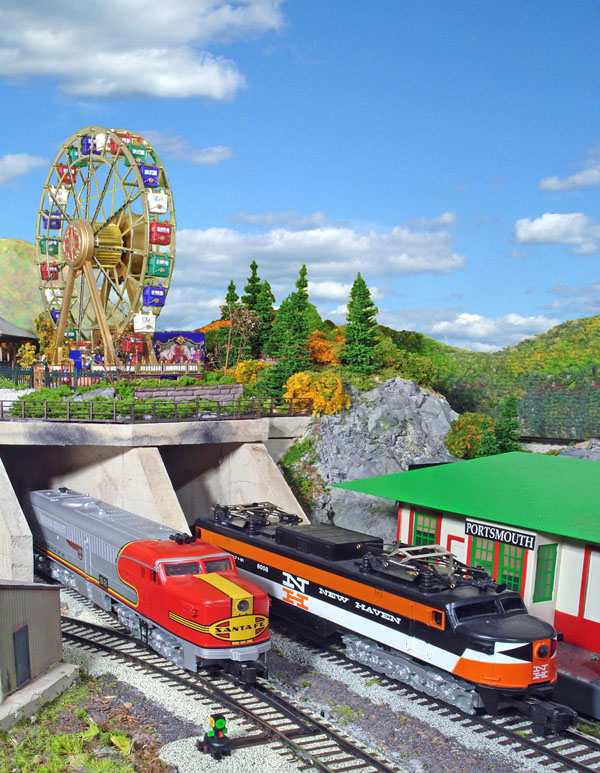
Inspired by a lifelong love of American Flyer trains and the beauty of his home, New England, Dick Iannacone built this highly realistic 16 x 20-foot S gauge layout set in the steam-to-diesel transition period of the late 1930s into the 1950s. Enjoy additional photos of his outstanding layout in the gallery below. […]
Read More…
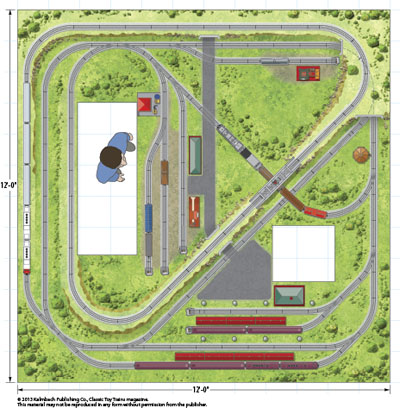
Layout designer: Terry Thompson Scale: O Layout size: 12 x 12 feet Track type: Lionel FasTrack Minimum curve: O-36 Originally appeared in the July 2013 issue of Classic Toy Trains. FasTrack on a tabletop FasTrack on a tabletop schematic FasTrack on a tabletop components […]
Read More…
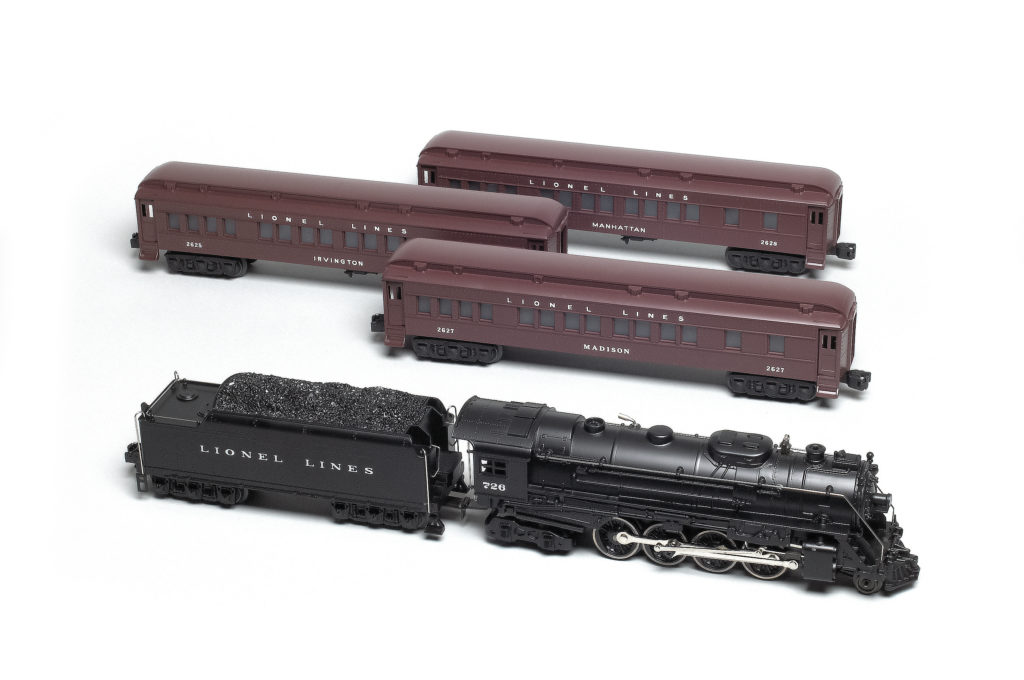
The latest entry in Lionel’s popular Conventional Classics series of postwar reissues is the magnificent no. 2146WS steam passenger set. That train, originally fielded in the 1948 and 1949 catalogs, was powered by Lionel’s mightiest steam locomotive of the time – the no. 726 2-8-4 Berkshire – and included a trio of Irvington-series heavyweight passenger […]
Read More…
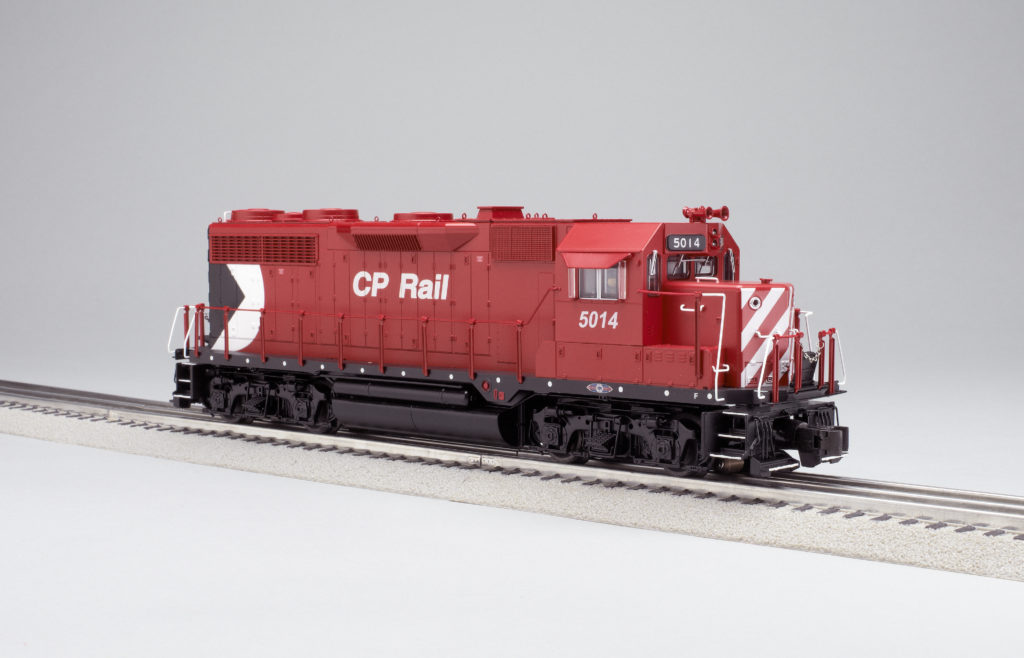
It is a well-known fact that anything painted red goes faster. Be it a Chevy pickup, a fire truck, or a diesel locomotive, the color red enhances the object’s overall performance. Hey, if you don’t believe me, look it up. It’s true! The new Lionel Legacy GP35 doesn’t need red paint to make it cool. […]
Read More…
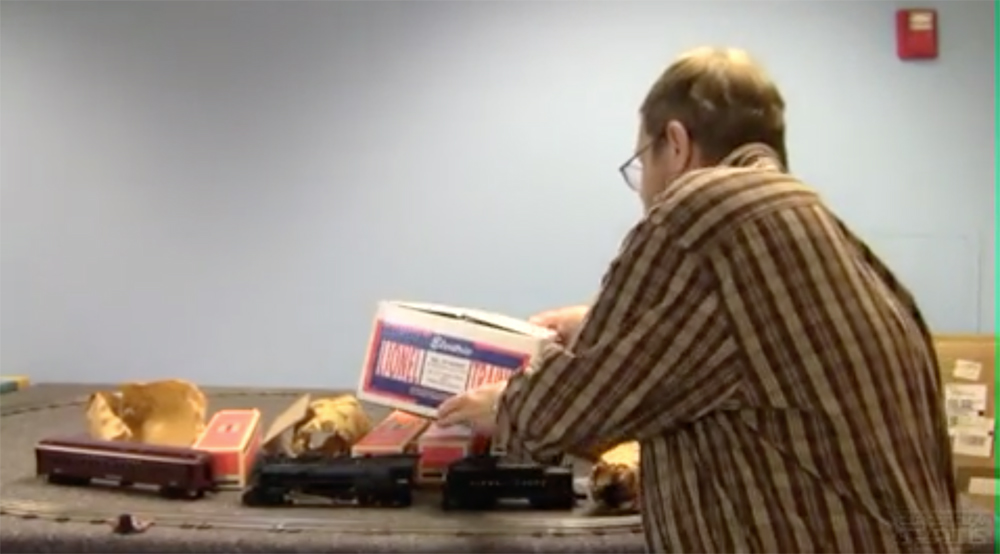
This retro steam set is the latest postwar reissue in Lionel’s popular Conventional Classics series. The handsome Berkshire is accompanied by three heavyweight passenger cars – see them in action in the video! […]
Read More…








